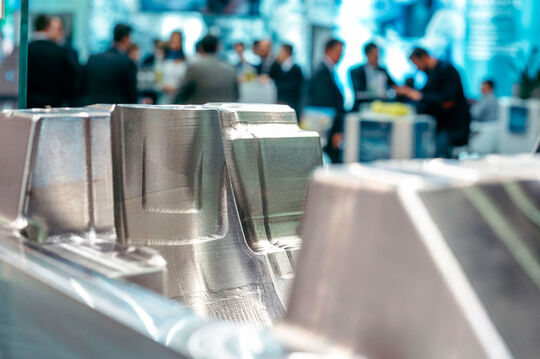Introduction
High pressure die casting is a widely used manufacturing process that involves injecting molten metal into a mold under high pressure. This technique is known for its ability to produce complex and precise metal parts with excellent surface finishes. In this comprehensive guide, we will delve into the world of high pressure die casting products, understanding the process, its applications, advantages, and limitations.
Section 1: Understanding High Pressure Die Casting
1.1 The Process
High pressure die casting involves four main steps: mold preparation, injection, cooling, and ejection. The mold is first coated with a release agent and then closed tightly. Molten metal is then injected into the mold cavity at high speed and pressure. The metal solidifies rapidly due to the cooling system within the mold. Finally, the ejection system removes the solidified part from the mold.
1.2 Materials Used
Various metals and alloys can be used for high pressure die casting, such as aluminum, zinc, and magnesium. These materials are selected based on the desired properties of the final product, including strength, corrosion resistance, and thermal conductivity.
Section 2: Applications of High Pressure Die Casting
2.1 Automotive Industry
High pressure die casting is extensively used in the automotive industry for manufacturing engine components, transmission parts, and structural components. The process offers high production rates, excellent dimensional accuracy, and reduced machining requirements, making it ideal for producing lightweight and complex automotive parts.
2.2 Consumer Electronics
High pressure die casting is also commonly employed in the production of consumer electronic products such as smartphones, laptops, and cameras. The technique allows for the creation of thin-walled and intricate designs, ensuring precise dimensions and smooth surfaces.
2.3 Aerospace Industry
The aerospace industry benefits from high pressure die casting for manufacturing lightweight and high-strength components. This process is particularly suitable for producing parts with complex geometries, such as turbine blades, engine housings, and structural components.
Section 3: Advantages of High Pressure Die Casting
3.1 Cost-effective Production
High pressure die casting offers significant cost advantages due to its high production rates and minimal material wastage. The process allows for the production of intricate parts in large quantities, reducing the need for secondary operations.
3.2 Complex Geometries
The technique enables the production of intricate and complex parts with high dimensional accuracy. The mold design flexibility allows for the creation of thin-walled sections, intricate patterns, and detailed surface finishes.
3.3 Excellent Surface Finishes
High pressure die casting produces products with excellent surface finishes, reducing the need for additional surface treatments. The process minimizes porosity and provides a smooth and polished surface, often eliminating the need for additional machining or polishing.

Section 4: Limitations of High Pressure Die Casting
4.1 High Initial Tooling Costs
The initial tooling costs for high pressure die casting can be relatively high. The design and manufacturing of complex molds require expertise and specialized equipment, increasing the overall production cost.
4.2 Limited Material Selection
While high pressure die casting offers a wide range of material options, it is still limited compared to other casting processes. Certain materials may not be suitable for high pressure die casting due to their melting point, fluidity, or other material properties.
Conclusion
High pressure die casting is a versatile manufacturing process with numerous applications across various industries. Its ability to produce complex parts with excellent surface finishes at high production rates makes it a preferred choice for many manufacturers. However, it is essential to consider the limitations and costs associated with the process when selecting the most suitable manufacturing method for a specific application.
-

- OEM рама от магнезиева сплав под високо налягане за велосипед
-

- OEM die casting service metal components of macbook middle
-

- Персонализирани леярски продукти Компоненти за електронни велосипеди Колела от магнезиева сплав
-

- Велосипеди за деца Детски велосипеди за 3-16 години Дете /OEM Бебешки детски велосипеди Детски планински велосипеди 2022
-

- Части и компоненти за леене под налягане от магнезиева сплав за електрически велосипеди
-

- Части за БЛА, тиксоформовани под налягане от магнезиева сплав

 0086-750-5616188
0086-750-5616188 +86 13392089688
+86 13392089688 sales@zhongmei-tech.com
sales@zhongmei-tech.com







